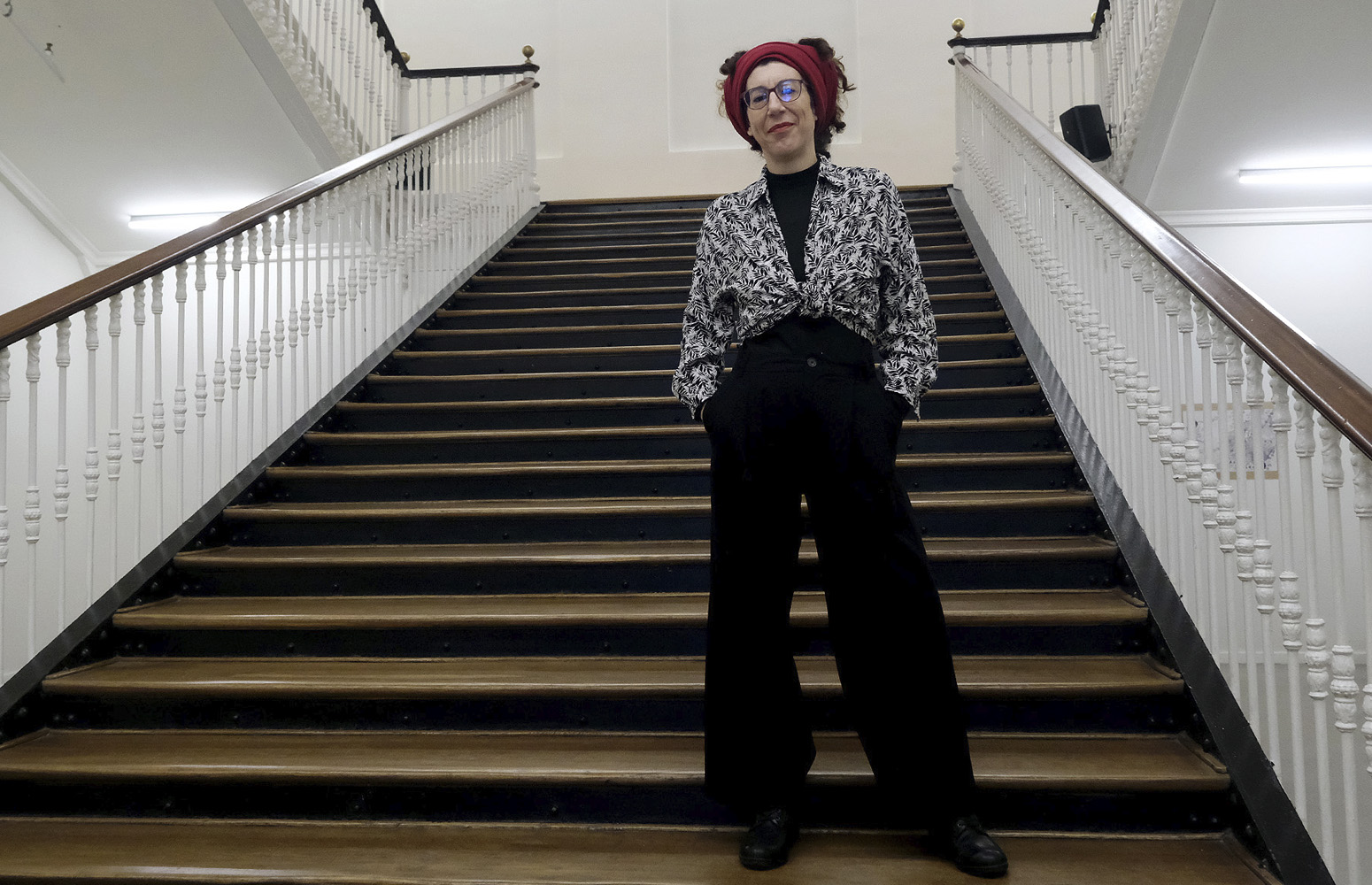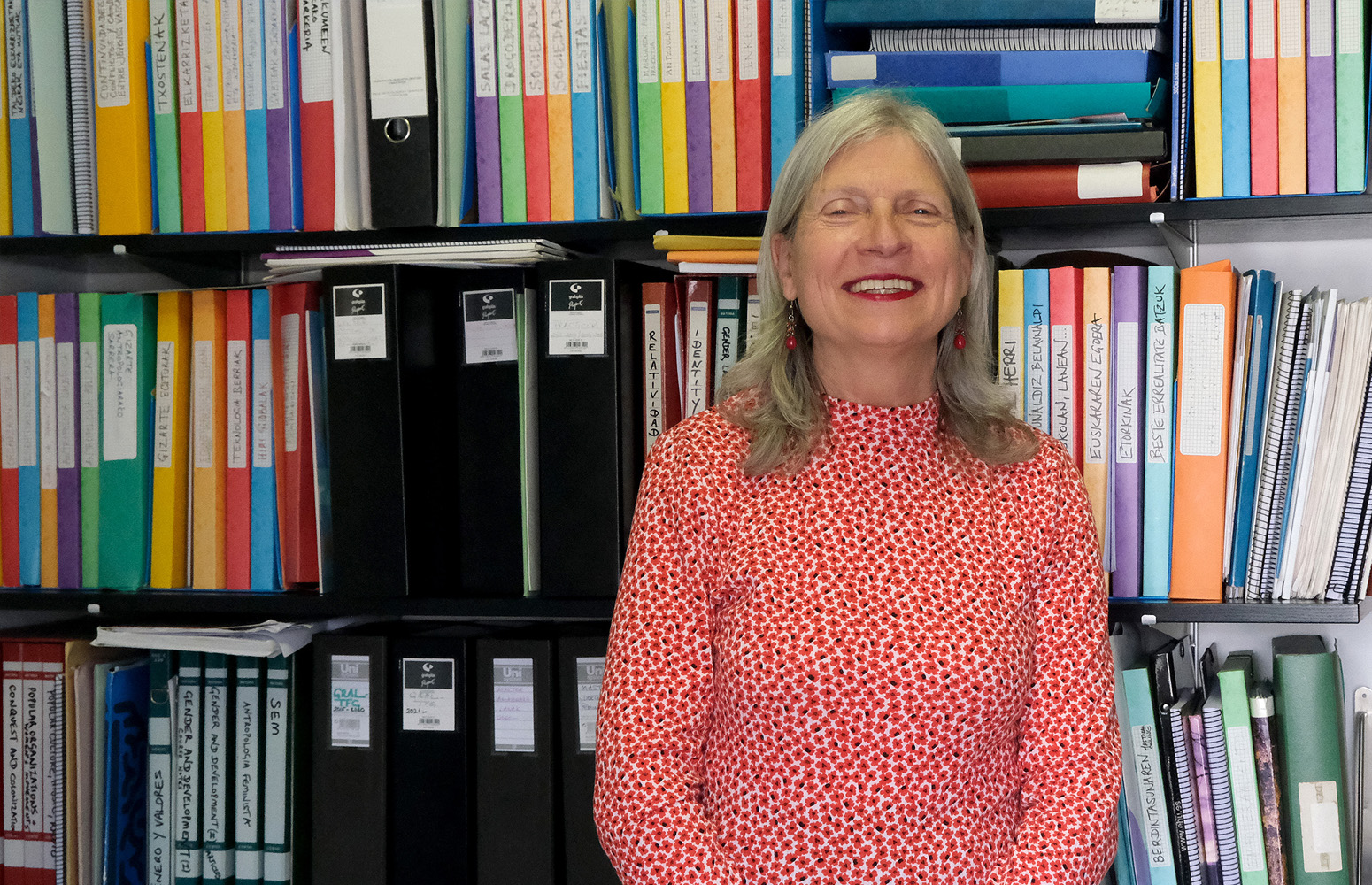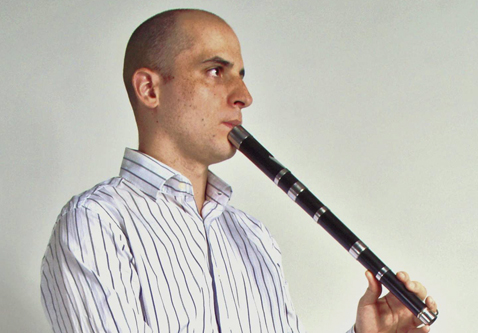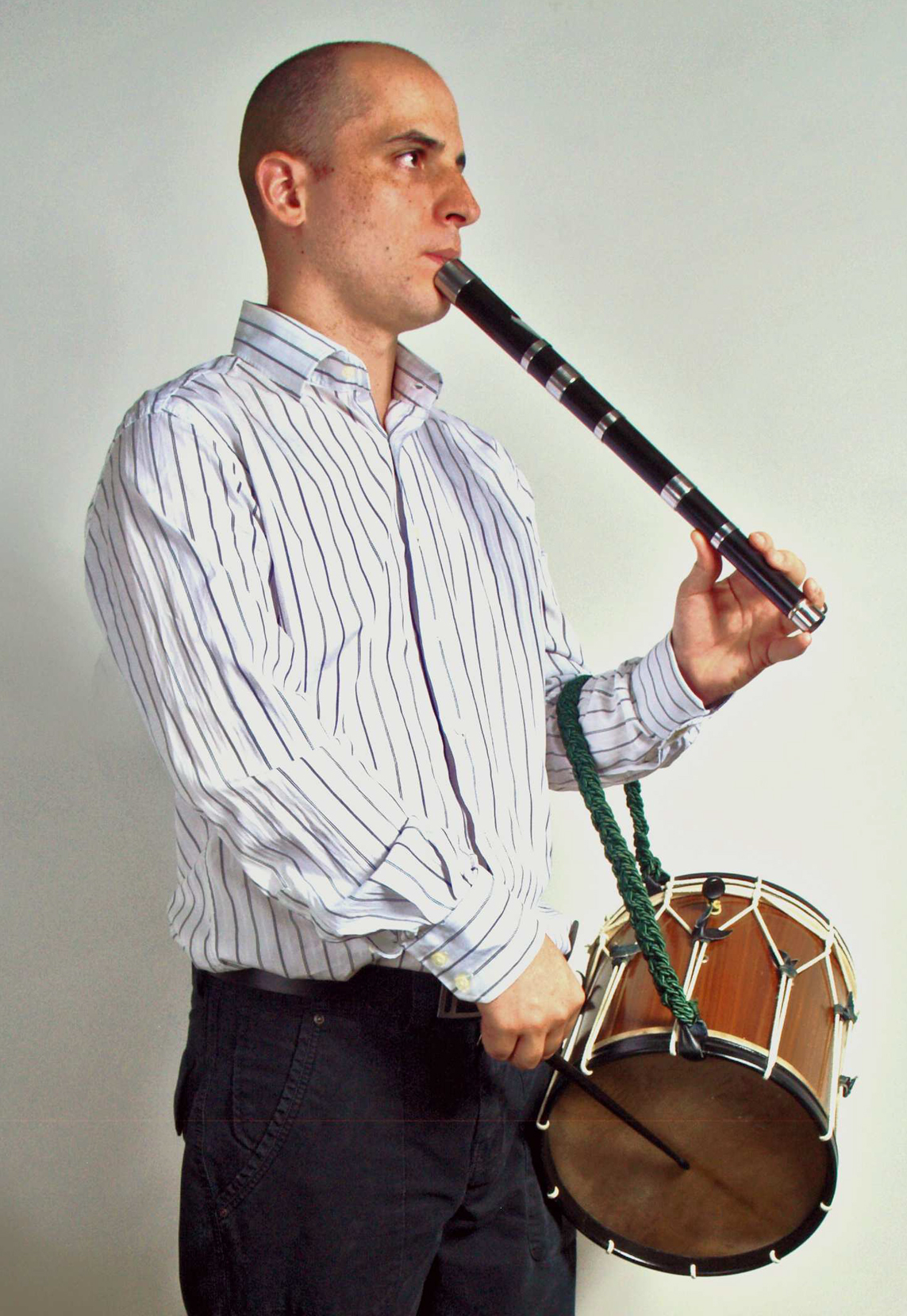Un grupo de investigación de la UPV/EHU ha llevado a cabo un análisis exhaustivo de las características acústicas del chistu y su familia de instrumentos. El objetivo principal ha sido determinar cuáles son las variables que influyen en el sonido del chistu y de qué manera lo hacen. Variando estas propiedades del instrumento, han conseguido chistus con propiedades acústicas que benefician tanto al músico como al oyente.
-

1.000 estudiantes se han reunido presencialmente con empresas que buscan talento joven
-

Jule Goikoetxea: «Si queremos nuevos sujetos, se debe incidir en las relaciones de poder que los crean»
-

Maggie Bullen: «Me gustaría reforzar el carácter feminista de la Dirección para la Igualdad»
-

Eneritz Gómez: «El movimiento contra el feminismo nace desde el miedo a sus avances»
-

El impacto de la política arancelaria de Donald Trump
El chistu, en vías de modernizarse
Un estudio acústico de la UPV/EHU ha contribuido a la consecución de un chistu más afinado modificando el interior del tubo
- Investigación
Fecha de primera publicación: 11/12/2015

El grupo de investigación Acústica de la Escuela Técnica Superior de Ingeniería de Bilbao de la UPV/EHU ha utilizado los avances científicos existentes en el área de la acústica, y especialmente en la acústica musical, así como los últimos avances tecnológicos en herramientas de grabación y análisis de los datos obtenidos, en un estudio acústico de instrumentos de viento del folclore vasco. El trabajo de investigación se refleja en la tesis doctoral del investigador Asier Agos Esparza, titulada Función acústica del txistu y su familia instrumental, y ha sido llevado a cabo en colaboración con el Conservatorio de Música Juan Crisóstomo de Arriaga de Bilbao.
El principal objetivo de este estudio ha sido caracterizar el chistu y los instrumentos de su familia, para "dar una explicación científica de cómo se genera y propaga el sonido —explica el investigador—, ver cuáles son los parámetros que influyen en su acústica y de qué manera lo hacen, e intentar ajustar estos parámetros para optimizar la acústica del chistu".
La metodología utilizada consiste en estudiar las propiedades de chistus e instrumentos de su familia, con una geometría determinada. A continuación, se varían de manera controlada estas propiedades y se estudia su impacto en el sonido final del instrumento. Cuando el cambio de las variables estudiadas supone una modificación irreversible del instrumento, por ejemplo variar el diámetro del tubo, se han construido nuevos chistus con las características que se desean estudiar.
Se trata de un trabajo multidisciplinar en el que se ha abordado el problema desde diversos puntos de vista. "Hemos aplicado el conocimiento teórico de cómo se generan las ondas estacionarias en el tubo al interactuar el aire que introduce el músico con el aire que hay dentro del mismo —explica Agos—. Hemos estudiado el proceso de construcción del instrumento y hemos creado diversos chistus con características diferentes. Hemos analizado todos estos instrumentos con la ayuda de músicos y también utilizando una máquina de soplado para eliminar el factor humano". Por otra parte, han creado un software para calcular propiedades físicas y psicoacústicas de la música que producen estos instrumentos.
Modificación de la geometría interior del tubo
El objetivo de los investigadores ha sido conseguir un chistu más afinado, modificando el interior del tubo. Según explica Agos, "cuando tocamos un chistu tradicional cilíndrico, abriendo o cerrando sus agujeros por completo, la afinación que obtenemos es bastante diferente a la de un piano". Para mejorar la afinación, los chistularis corrigen las notas abriendo o cerrando ligeramente alguno de los agujeros del instrumento. "Sin embargo —añade—, modificando el tubo, es posible conseguir un instrumento cuya afinación sea más cercana a la de un piano, utilizando posiciones donde los agujeros permanecen abiertos o cerrados por completo".
Los investigadores han recogido, analizado y comparado los datos producidos por un chistu tradicional y el nuevo prototipo. La forma del tubo interno del nuevo prototipo de chistu no es cilíndrica pura como la de la chistu tradicional. Además, la ubicación, el tamaño y la altura de los agujeros han sido cambiados. El análisis de todo ello muestra diferencias de afinación notables entre los dos chistus.
En opinión del investigador, "este estudio ayudará a los constructores a predecir las características del instrumento de manera más exacta". Asimismo, "ayudará a trasladar los cambios exigidos por los instrumentistas en cambios específicos en el proceso de construcción —concluye—, avanzando de manera consistente hacia un instrumento con las características acústicas acordes a lo que los instrumentistas y el público consideran atractivo".
Información complementaria
Asier Agos Esparza (Iruñea, 1979) es licenciado en Física e Ingeniero Electrónico y ha realizado su tesis doctoral titulada Función acústica del txistu y su familia instrumental, bajo la dirección de María Jesus Elejalde y Erica Macho, en el grupo de investigación Acústica del Departamento de Física Aplicada I de la Escuela Técnica Superior de Ingeniería de Bilbao de la UPV/EHU. El estudio se ha realizado en colaboración con Aitor Amilibia e Iñaki Imatz, del Conservatorio de Música Juan Crisóstomo de Arriaga de Bilbao, que han trabajado durante mucho tiempo en la geometría del tubo del chistu.
Fotos: Asier Agos. UPV/EHU (Home: Danel Solabarrieta. Elhuyar Fundazioa)




